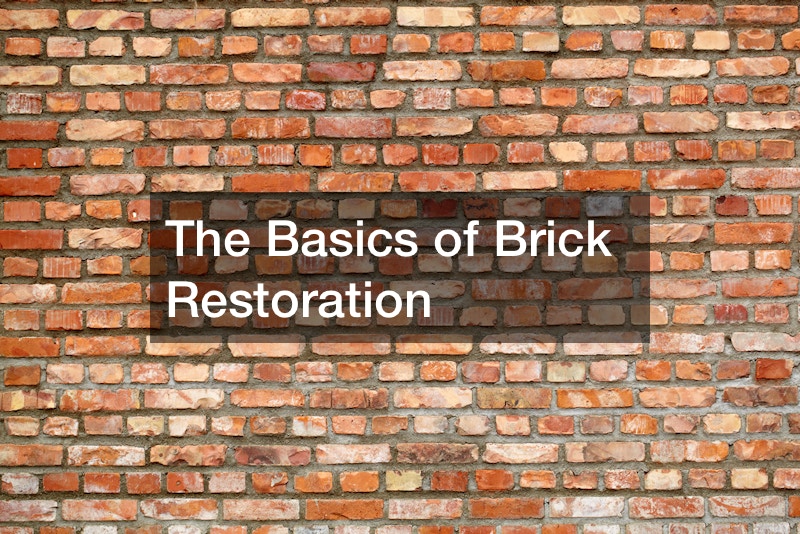Brick is a timeless and durable building material that adds charm and character to any structure. However, over time, brickwork may require restoration to repair damage and maintain its aesthetic appeal. Here are the basics of brick restoration to help you understand the process:
Begin by inspecting the brickwork thoroughly to identify any areas needing restoration. Look for signs of damage, such as cracks, spalling, or loose mortar.
Assess the overall condition of the bricks, including their color, texture, and structural integrity. This evaluation will guide you in determining the extent of the restoration required.
Before proceeding with any repairs, clean the brick surface to remove dirt, grime, and vegetation. Use a soft-bristle brush and water or a mild detergent solution to gently scrub the bricks.
Avoid using abrasive materials or harsh chemicals that can damage the bricks. Once clean, allow the bricks to dry completely before moving on to the next step.
For damaged or deteriorated bricks, the restoration process may involve repairing or replacing them. You may carefully remove cracked or broken bricks and replace them with new ones that match the original in size, color, and texture. Damaged mortar joints should also be addressed by carefully removing the old mortar and reapplying fresh mortar to ensure a strong and cohesive bond.
Tuckpointing is a common technique used in brick restoration to renew the appearance and structural integrity of mortar joints. It strengthens the brickwork and also enhances its overall aesthetics.
.

